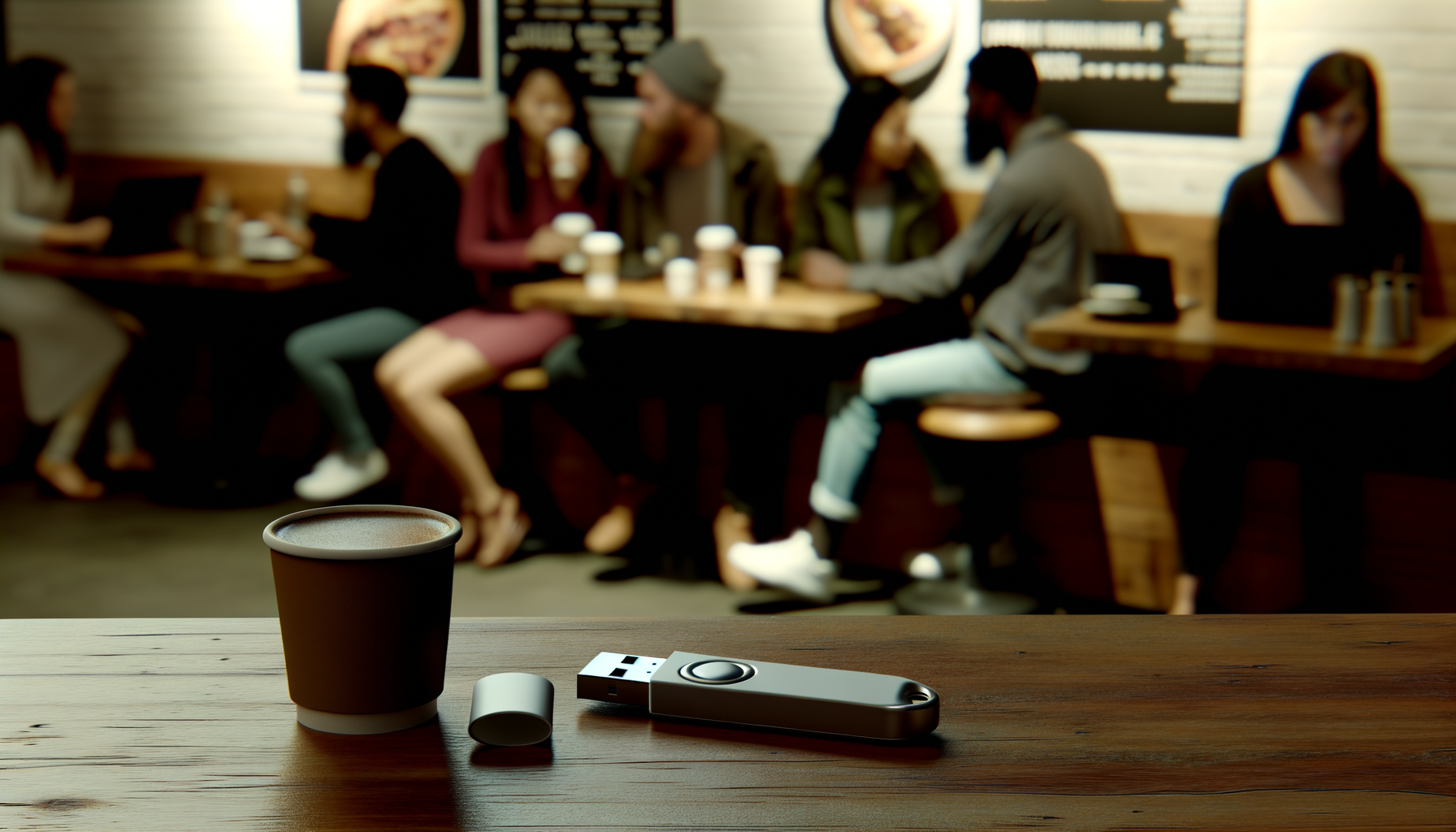In the world of cybersecurity, the dangers lurking in the corners are as real as they come. One such danger comes in the form of “Booby-Trapped USB Drives: Why That Free Flash Drive Could Be a Trap”. This article delves into the intricacies of this threat, the potential damage it can cause, and how individuals and organizations can protect themselves from falling prey to it.
The Threat of Booby-Trapped USB Drives

Booby-trapped USB drives, also known as malicious USBs, are seemingly innocent flash drives that are programmed to automatically execute harmful code upon insertion into a computer. These drives can contain various types of malware, including ransomware, spyware, and viruses, that can infiltrate and compromise your system without your knowledge. The threat is particularly dangerous because it exploits our trust and the common practice of sharing and using USB drives for data transfer and storage.
Cybersecurity Implications
The implications of booby-trapped USB drives on cybersecurity are extensive. They can serve as a gateway for hackers to gain unauthorized access to sensitive information, disrupt business operations, and even cause significant financial loss. Furthermore, the data stolen can be used for illicit activities, including identity theft and corporate espionage. The stealthy nature of these attacks makes them difficult to detect, and by the time they are, it might be too late.
Data Protection and Privacy Concerns

From a data protection and privacy perspective, malicious USB drives pose a significant threat. They can bypass traditional security measures, such as firewalls and antivirus software, and directly access and extract sensitive data. Moreover, they can install spyware that monitors and records keystrokes, enabling hackers to capture passwords, credit card information, and other confidential details.
Threat Detection and Defense
Detecting and defending against booby-trapped USB drives requires a combination of technical and behavioral measures. On the technical side, organizations can use advanced threat detection tools that scan USB drives for known malware signatures. On the behavioral side, fostering a culture of cybersecurity awareness is essential. This includes educating employees about the risks of using unknown USB drives and implementing strict policies regarding their use.
Security Measures

Implementing robust security measures is crucial in mitigating the risk of booby-trapped USB drives. These may include:
- Disabling auto-run features on computers
- Regularly updating and patching systems
- Using encryption to protect sensitive data
- Implementing strict access controls
Best Practices
Adopting best practices can significantly reduce the risk of falling victim to malicious USB drives. These include not using USB drives of unknown origin, regularly scanning USB drives for malware, and disposing of unused drives securely. It’s also important to have a comprehensive incident response plan in place in case of a breach.
Conclusion
Booby-trapped USB drives represent a significant cybersecurity threat that requires a comprehensive and proactive approach to mitigate. By understanding the risks, implementing robust security measures, and fostering a culture of cybersecurity awareness, individuals and organizations can protect themselves against this stealthy and potentially devastating form of attack.
| Preventive Measures | Benefits |
|---|---|
| Disabling auto-run features | Prevents automatic execution of malicious code |
| Regular system updates and patches | Fixes security vulnerabilities that could be exploited |
| Data encryption | Protects sensitive data even if accessed |
| Strict access controls | Limits exposure to potential threats |
Thank you for taking the time to read this article. We hope it has deepened your understanding of the cybersecurity risks associated with booby-trapped USB drives and how to protect against them. Feel free to explore our other articles for more insights into the world of technology and cybersecurity.









